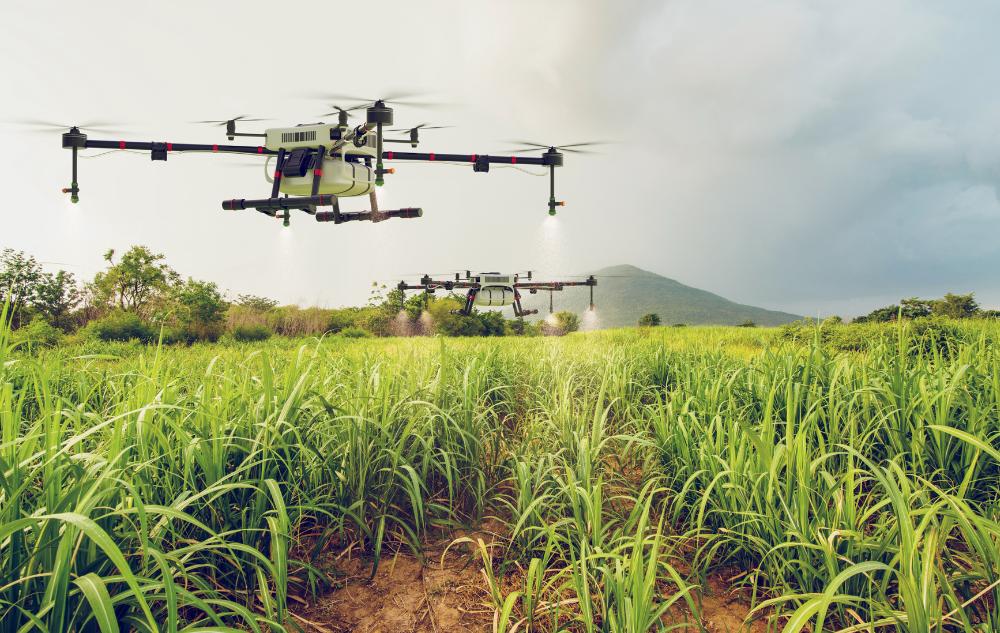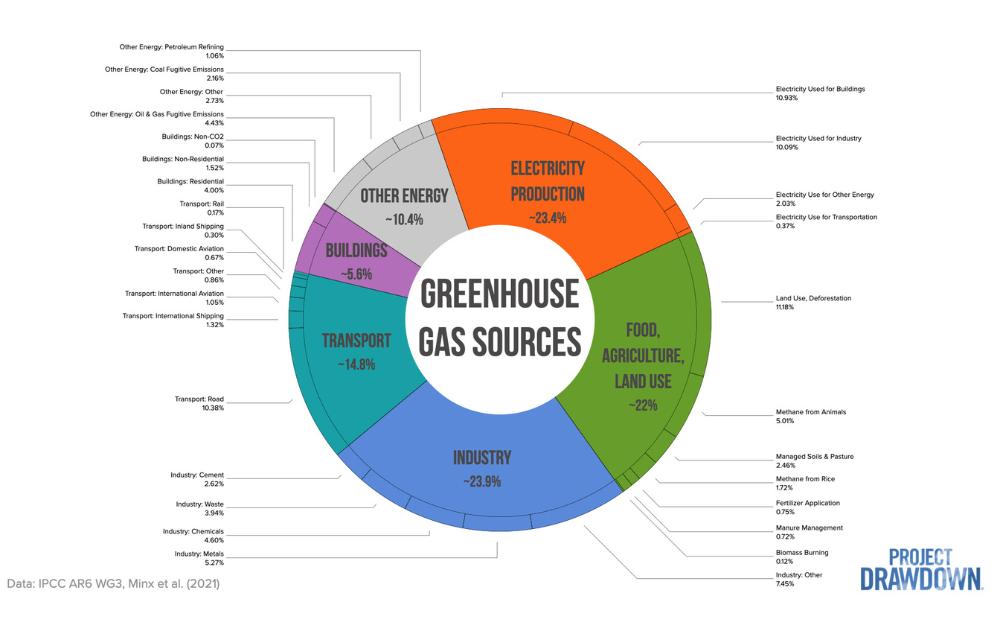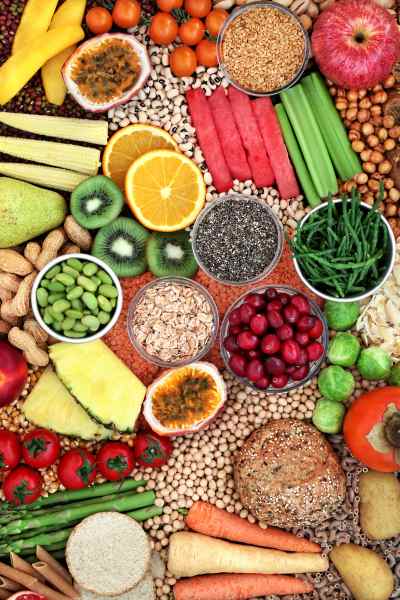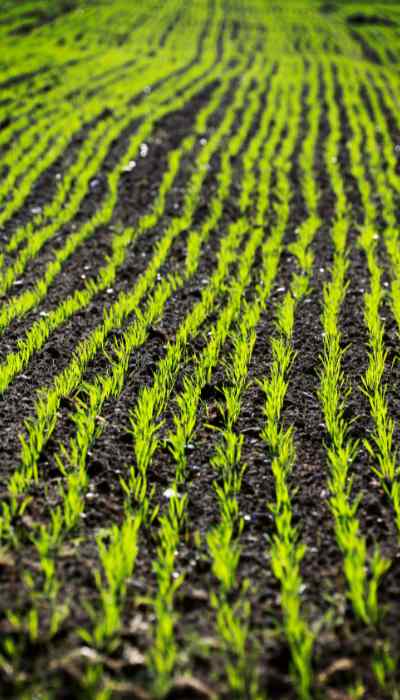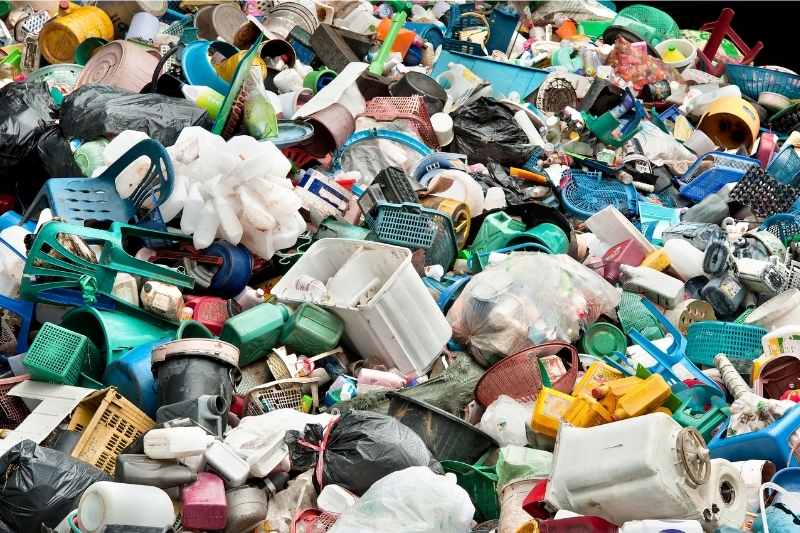Insights from Project Drawdown’s Webinar on Sustainable Eating and Farming
Project Drawdown, one of the leading authorities for climate solutions, hosts a series of webinars about important climate topics. In one of their sessions, Dr. Jonathan Foley sheds light on our current food culture, the effect of food on our ecosystem, and what we can do to reduce the impact of our global food emissions. This article provides insights from the webinar, “Food Matters: Why Climate Change May Hinge on What We Eat and How We Grow It.”
When we think of climate change, we often attribute it primarily to the burning of fossil fuels. Greenhouse gasses wreak havoc on Earth’s atmosphere, trapping the sun’s heat and slowly warming Earth’s surface. Most people are familiar with the major drivers of carbon emissions: industry and electricity production. Energy production and industry account for 23.4% and 23.9% of our greenhouse gasses, respectively. But it may be surprising to hear that the world’s third-largest greenhouse gas source comes from food production, agriculture, and land use. To combat our current climate crisis, we must recognize the toll our current food culture places on the planet.
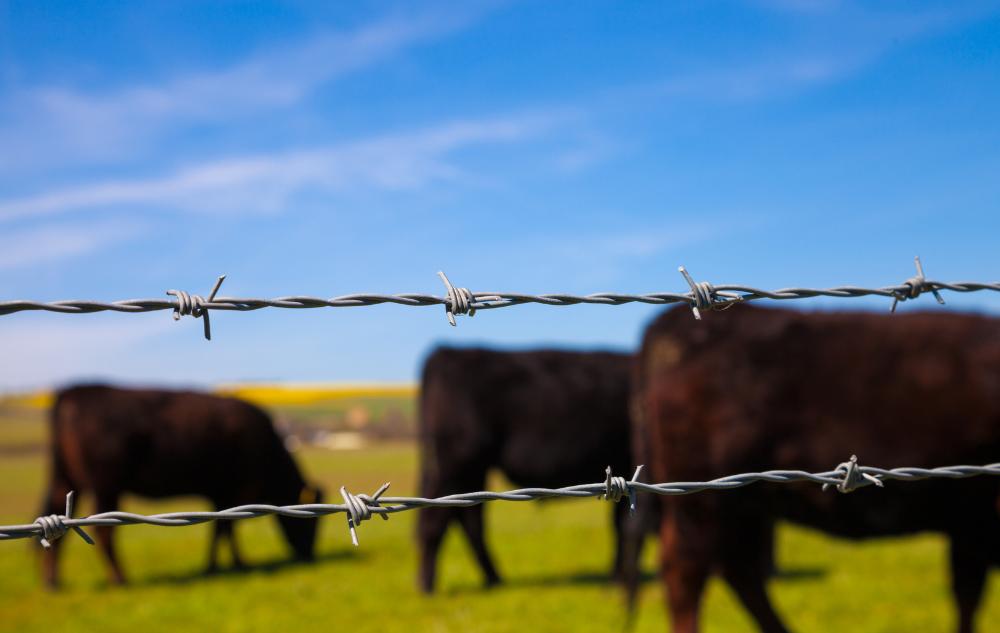
We must reduce global emissions by 43% by 2030.
The Intergovernmental Panel on Climate Change (IPCC) set a target to reduce global emissions by 43% by 2030. While some effort has been made in other sectors, adequate targeted focus has not been given to the food production, agriculture, and land use sectors, whose emissions continue to grow annually. Thus, globally, we will not achieve our 2030 goals until progress is made to reduce emissions in the food sector.
Up to 34% of global emissions come from our food system.
As Drawdown reports, 22% of global greenhouse gas emissions are directly attributable to the food industry. When you drill down into this figure, about half is due to deforestation (11.2%), another 5% due to animal methane emissions, and 3.2% attributed to cropland and pasture management. Methane from rice, manure management, and biomass burning account for the remaining 2.6%. But all of these figures do not include the indirect emissions sources of the food industry. With the added emissions of transportation, food waste, and preparation, the total emissions of the food sector increases to a whopping 34 percent.
Most available land on Earth is used for food production.
Surprisingly, cities and suburbs make up only 1% of the land on our planet, whereas 37% is used for food production. Of the land dedicated to food, 75% is used for animal use (either for grazing or to grow livestock feed). Food production generates enormous greenhouse gas emissions, pollutes waterways, strains water resources, destroys habitats, and reduces biodiversity.
It’s not just the land that endures the effects of our food system. Of all the usable water on Earth, 70% of it is used to irrigate crops. When water is taken from natural sources and isn’t returned to the same watershed, like the Colorado River, it leads to the collapse of those natural sources. Coupled with global fertilizer misuse, the quality and quantity of our natural water sources are being threatened around the globe.
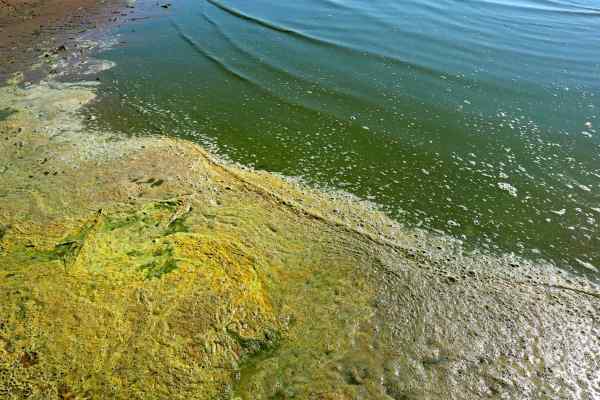
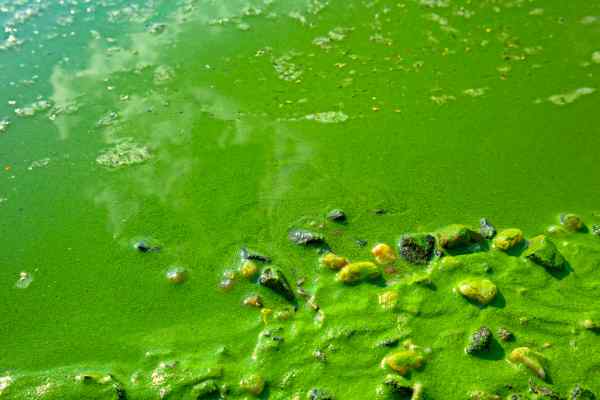
Only 59% of crop yield becomes food fit for human consumption.
Considering how much of our planet is dedicated to growing and irrigating crops, it’s shocking to discover how inefficient our crop production is. 55% of crops are used for direct human consumption, 36% of grown crops are used to feed animals, and 9% for biofuels and other purposes. Unfortunately, animals only provide an additional 4% yield when you look at calories delivered. Thus, only 59% of crop yield becomes food humans consume.
Collectively, each of these factors adds up.
Emissions in the food sector continue to climb due to deforestation, the high demand for animal products, crop inefficiencies, irrigation demands, fertilizer misuse, and consumer waste. To reverse our current climate trajectory, we must solve our food emissions problem in smart, targeted ways.
Reducing Our Food System Emissions: What Can We Do?
Dr. Jonathan Foley starts with a simple analogy. If you have a bathtub that is overflowing, the first thing you do is turn off the water, then clean up the mess, and lastly, drain the water out of the tub. If you apply this analogy to our food system, the actions we need to take become clear. Collectively, we need to:
Reduce Demand (Turn the Water Off)
- Reduce waste. Americans waste 30-40% of their food supply. If each household simply reduced their waste by 30%, we could effectively reduce greenhouse gasses by 10%. To do this, we need to shop smarter, only buy what can be consumed before expiry, and compost food waste. The One Planet Life app can help you identify and track Joyful Changes that fit your lifestyle.
- Shift our diets. The average American consumes twice the recomended amount of animal products. Commit to a plant-forward diet and reduce the amount of meat you consume, especially beef. Together we can reduce the demand for carbon-laden foods and lessen our impact on the planet. One Planet Life’s recipe collection can help inspire you!
Improve Farming and Agriculture Practices (‘Clean Up the Mess’)
- Protect ecosystems from deforestation. Deforestation is the biggest source of carbon emissions in the food sector. It’s driven primarily by the current demand for beef, animal feed, and palm oil. By supporting laws that protect rainforests, national parks, preserves, and rewilding efforts, we can prevent the degradation of ecosystems and protect biodiversity.
- Support indigenous communities. Studies have proven that indigenous communities who have been given tenure over their local forestlands have a positive effect on the planet, promoting carbon sequestration and reducing deforestation.
- Change fertilizer practices. Fertilizer overuse has led to increased nitrogen levels in our oceans and waterways, polluting our water and causing toxic algae blooms to form. By balancing countries who overuse fertilizers with those with nutrient-deficient soils, farmers can feed more people and produce less pollution.
- Support lower emissions farming. By adopting regenerative farming practices and fusing old-world farming practices with modern technologies, farmers can improve soil quality and lower food production emissions.
Recapture Carbon in the Atmosphere (‘Draw Water Out of the Bathtub’)
Foley emphasizes that the initiatives above should be the main drivers to curb food sector emissions. He additionally recommends efforts to:
- Restore natural ecosystems. The practice of returning space to its original state (called “rewilding”) is a great way to recapture carbon currently in the atmosphere.
- Embrace regenerative agriculture practices. Regenerative farming is, unfortunately, not a cure-all for the industry. While it promotes soil building, improves water quality, and increases climate resilience, it also requires more land to produce the same industrial results. Foley warns that the benefits of regenerative farming may have a ceiling due to the carbon saturation effect, in which soil becomes carbon-saturated and therefore less effective at capturing carbon. Critics also worry about the longevity of regenerative farming, and whether regenerative practices are practical over the long term. That being said, Foley agrees that fusing regenerative farming ideologies and old-world practices with modern technologies is still a worthwhile endeavor to mitigate farming emissions.
Foley stresses that rewilding and regenerative farming alone cannot solve our food emissions problem. In order to combat our current food crisis, we must reduce demand and improve our current agricultural system.
One Planet Life applauds Drawdown for their dedication to providing timely information and thoughtful climate solutions for our ever-changing world. We invite you to check out the webinar for yourself: Drawdown Ignite’s recording of “Food Matters: Why Climate Change May Hinge on What We Eat and How We Grow It.”
At One Planet Life, we believe every person can make a difference. We are inspired by Drawdown’s food webinar to continue to make changes that have a positive impact on our planet and our lives. We know that small changes add up over time, creating a ripple effect that can influence the world around us. Our food system is an area in which we can all join hands and make a difference.
Additional One Planet Life resources and articles you may be interested in:
- OPL Insight: U.S. Food Waste by Category and Sector
- A Food Waste Recycling Solution that Changed a Nation
- Learn About the Crucial Pillars of a Sustainable Food System
- Urban Composting is Possible
- An Easy Guide to Backyard Composting
- 5 Benefits of Eating More Fruits and Vegetables
- Book Review: No Waste Composting by Michelle Balz

Written by Kristina Shane
Lead Content Manager and Editor
“I’ve always had a strong inclination to protect and nurture the people and living things around me. Especially after having kids, I became passionate about conserving our planet for future generations. It’s my duty to teach my children, through words and actions, how to be good citizens and thoughtful stewards for our planet. Joining One Planet Life felt like a natural next-step for me, and I’m thrilled to support their mission and strengthen my own sustainability efforts.”

